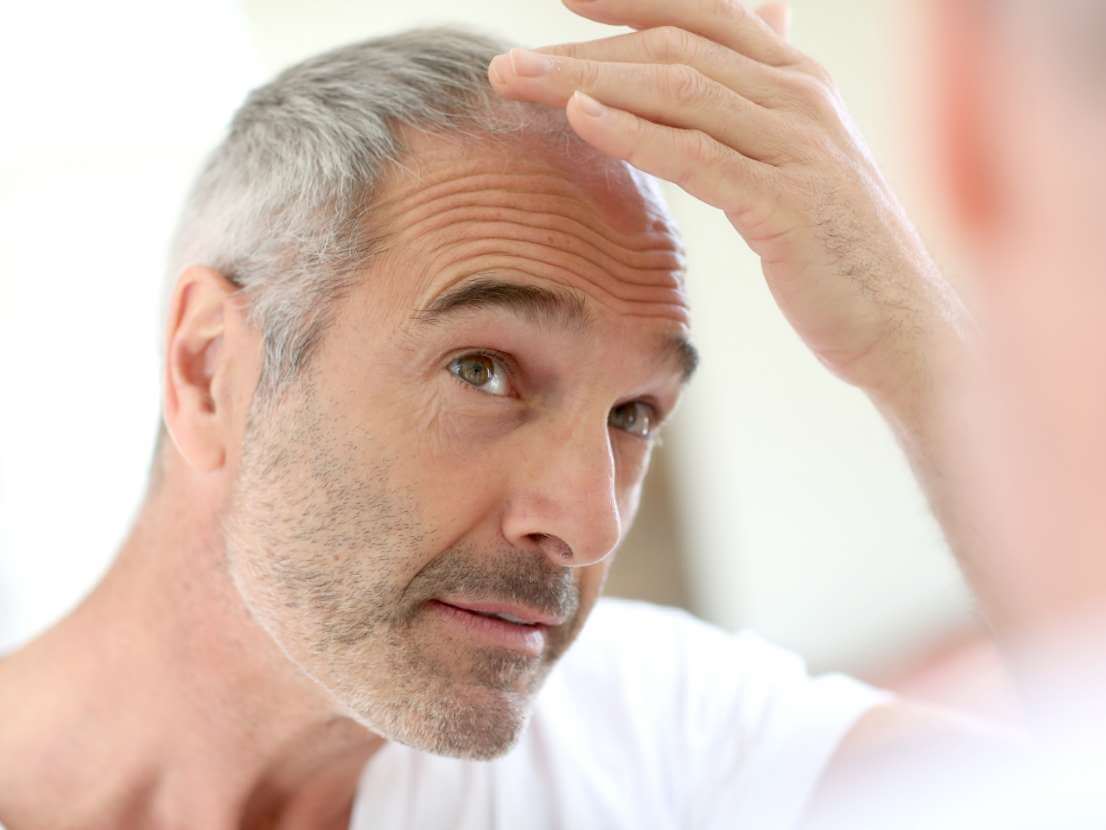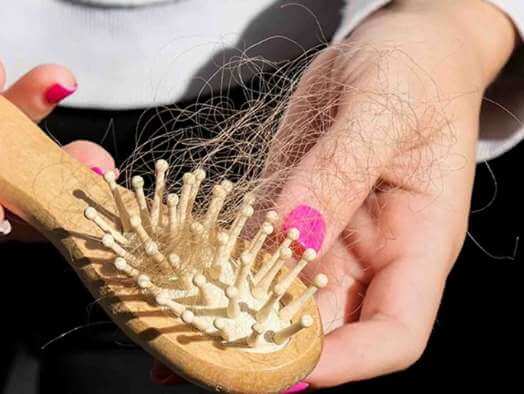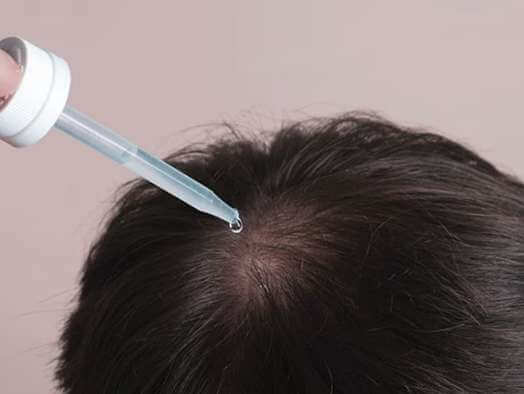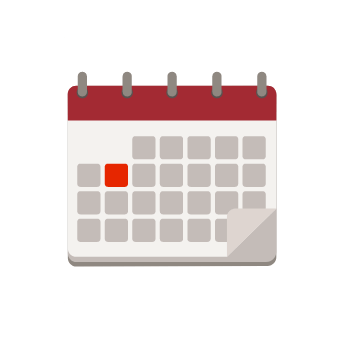Men's Hair Loss Treatments Online | Walgreens
Men’s hair loss
Get help with hair regrowth, plus expert advice, in-store services and recommended solutions.

Understanding hair loss
Male pattern baldness is the most common type of hair loss in men. It is often related to genes and male sex hormones. It usually follows a pattern of receding hairline and hair thinning on the crown.
How do I know if I am experiencing male pattern baldness?
Male pattern baldness usually starts at the front part of the hairline and slowly moves backward (recedes). The hair on the back of the head also often gets thinner over time. Then, the hair becomes shorter and thinner, creating a U-shaped pattern of hair around the sides of the head and a large bald spot on the back of the head.
What does the process look like to get men’s hair loss treatment?
This condition can usually be diagnosed based on the appearance and pattern of the hair loss. You can speak to a healthcare provider or dermatologist about your concerns.
What treatments are available for men’s hair loss?
There are several prescription and over-the-counter (OTC) solutions available to help prevent hair loss. One example of a prescription medication is finasteride (Propecia). It’s an oral tablet used to prevent hair loss and grow new hair. An OTC option is minoxidil (Rogaine) — a topical medication that helps re-grow hair.
A healthcare provider or dermatologist can provide the full range of treatments available and help you decide what type of treatment is right for you.
What are the side effects to these men’s hair loss treatments?
Finasteride (Propecia): Side effects may include hives, itching, skin rash, swelling of the lips and face, chills, cold sweats, confusion, dizziness, faintness or lightheadedness.
Sometimes, people may experience bloating or swelling of the face and other body parts. Rarely, breast enlargement or tenderness, tingling of the hands or feet and unusual weight gain or loss can occur.
Minoxidil (Rogaine): Common side effects include itching or skin rash. More rare side effects can include acne at site of application, burning of scalp, facial hair growth, increased hair loss, inflammation or soreness at root of hair, reddened skin and swelling of face.
If you experience any of these side effects, you should contact your doctor or a healthcare provider.
Are there additional lifestyle changes that can complement hair loss treatment?
Male pattern baldness is genetic, so it cannot be prevented. Having a healthy diet and lifestyle can contribute to better overall health which may have an impact on the health of your hair. If you are concerned about hair loss or have any questions, it is recommended to speak to a healthcare provider.
Over-the-counter hair loss treatment
Trusted ingredients for hair regrowth
Stay on track with Rx alerts & expert care
Frequently Asked Questions
- What causes male hair loss?
Male pattern baldness is the most common type of hair loss in men. It is often related to genes and male sex hormones. It usually follows a pattern of receding hairline and hair thinning on the crown.
- How do I know if I am experiencing male pattern baldness?
Male pattern baldness usually starts at the front part of the hairline and slowly moves backward (recedes). The hair on the back of the head also often gets thinner over time. Then, the hair becomes shorter and thinner, creating a U-shaped pattern of hair around the sides of the head and a large bald spot on the back of the head.
- What does the process look like to get men’s hair loss treatment?
This condition can usually be diagnosed based on the appearance and pattern of the hair loss. You can speak to a healthcare provider or dermatologist about your concerns.
- What treatments are available for men’s hair loss?
There are several prescription and over the-counter (OTC) solutions available to help prevent hair loss. One example of a prescription medication is finasteride (Propecia). It’s an oral tablet used to prevent hair loss and grow new hair. An OTC option is minoxidil (Rogaine) — a topical medication that helps re-grow hair.
A healthcare provider or dermatologist can provide the full range of treatments available and help you decide what type of treatment is right for you.
- What are the side effects to these men’s hair loss treatments?
Finasteride (Propecia): Side effects of finasteride may include, hives, itching, skin rash, swelling of the lips and face, chills, cold sweats, confusion, dizziness, faintness, or lightheadedness. Sometimes, people may experience bloating or swelling of the face and other body parts. Rarely, breast enlargement or tenderness, tingling of the hands or feet and unusual weight gain or loss can occur.
Minoxidil (Rogaine): Common side effects include itching or skin rash. More rare side effects can include acne at site of application, burning of scalp, facial hair growth, increased hair loss, inflammation or soreness at root of hair, reddened skin and swelling of face.
If you experience any of these side effects, you should contact your doctor or a healthcare provider.
- Are there additional lifestyle changes that can complement hair loss treatment?
Male pattern baldness is genetic, so it cannot be prevented. Having a healthy diet and lifestyle can contribute to better overall health which may have an impact on the health of your hair. If you are concerned about hair loss or have any questions, it is recommended to speak to a healthcare provider.









